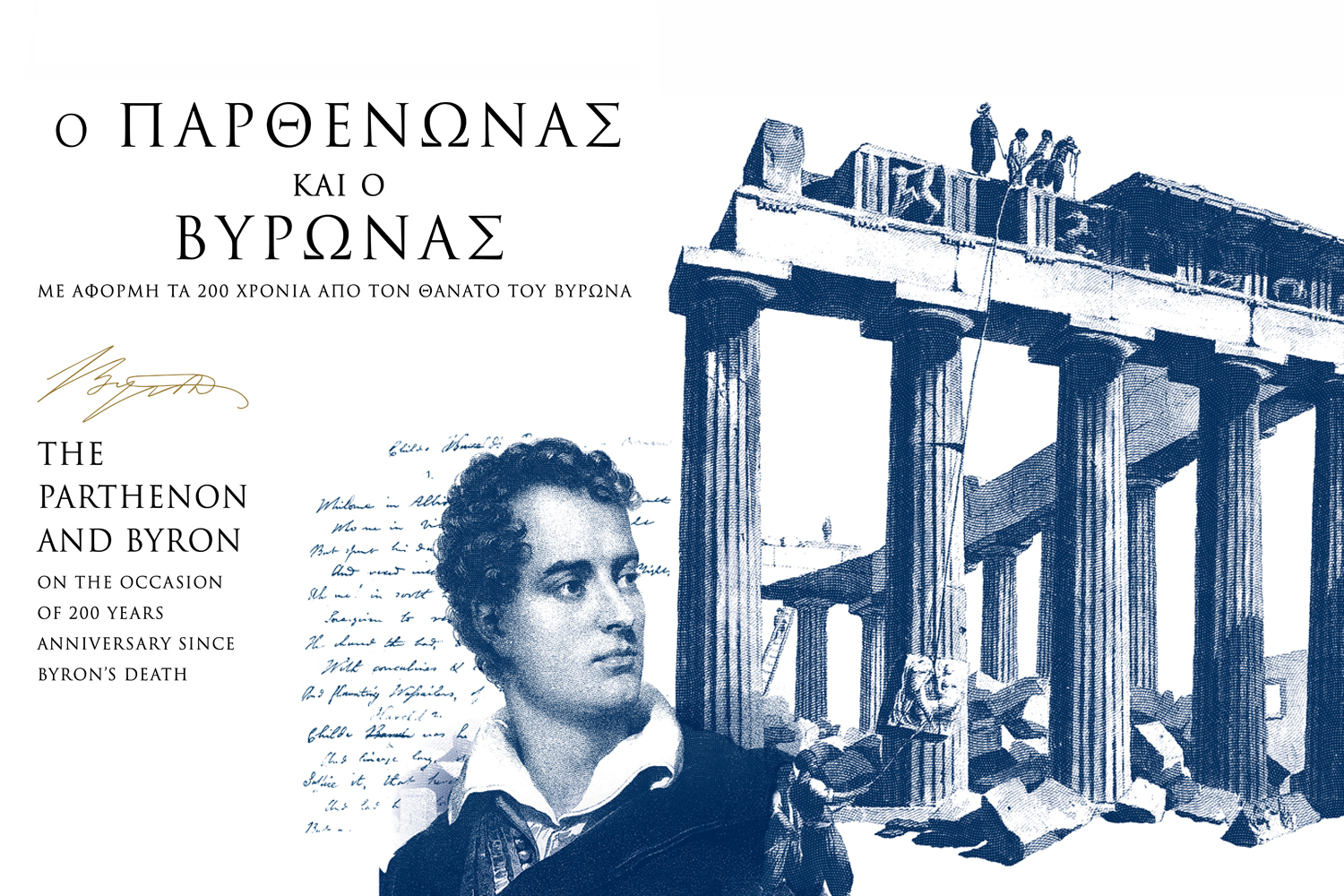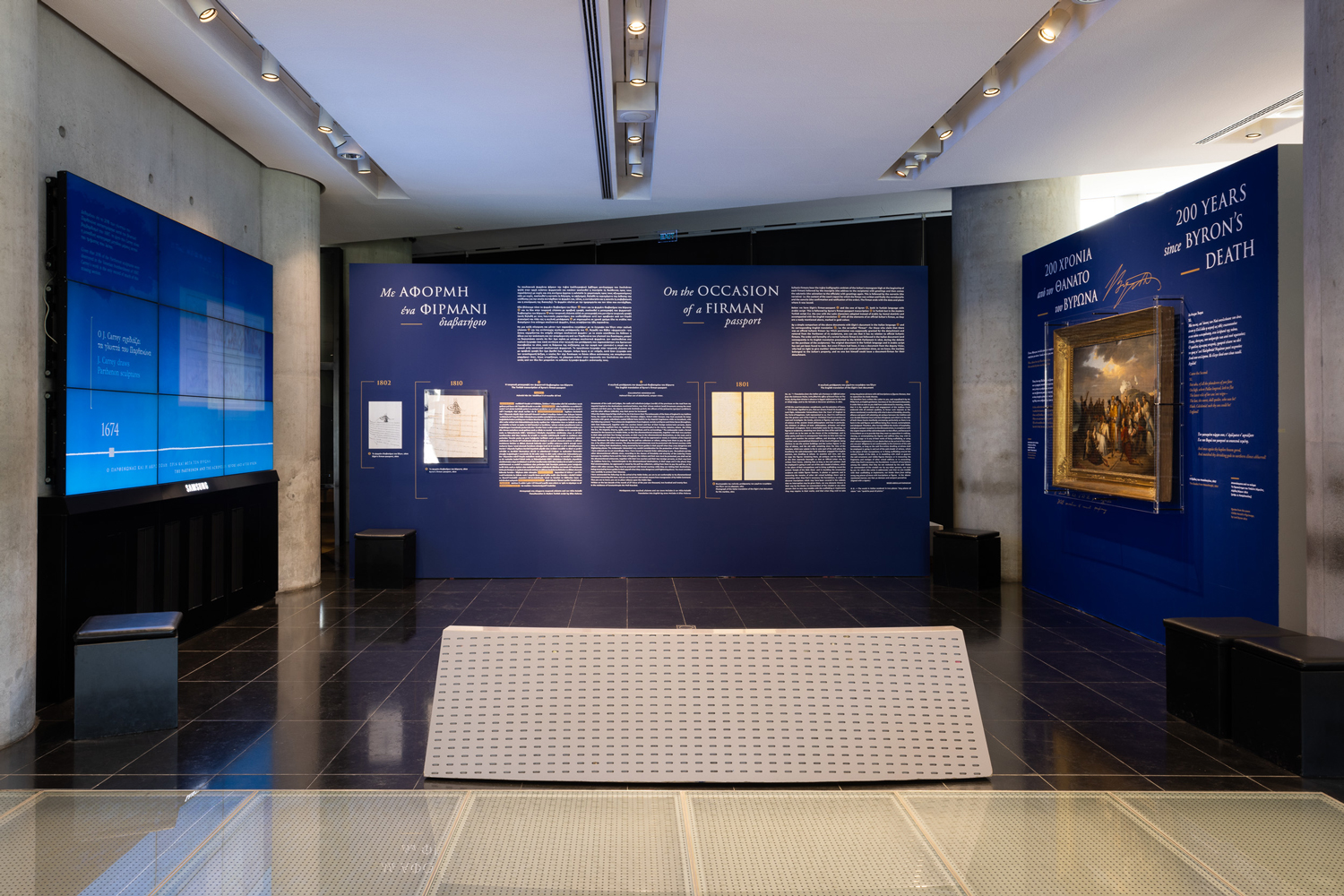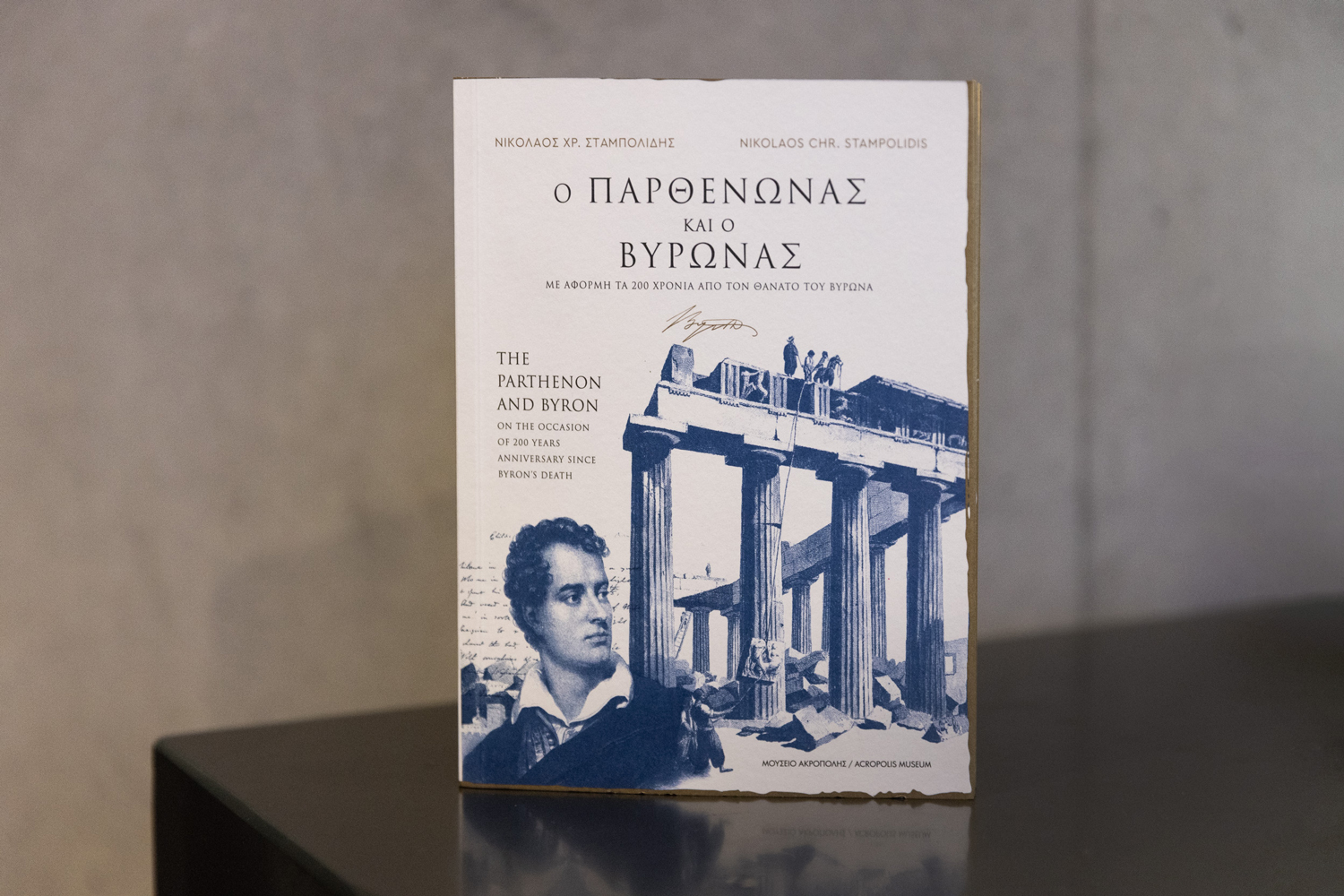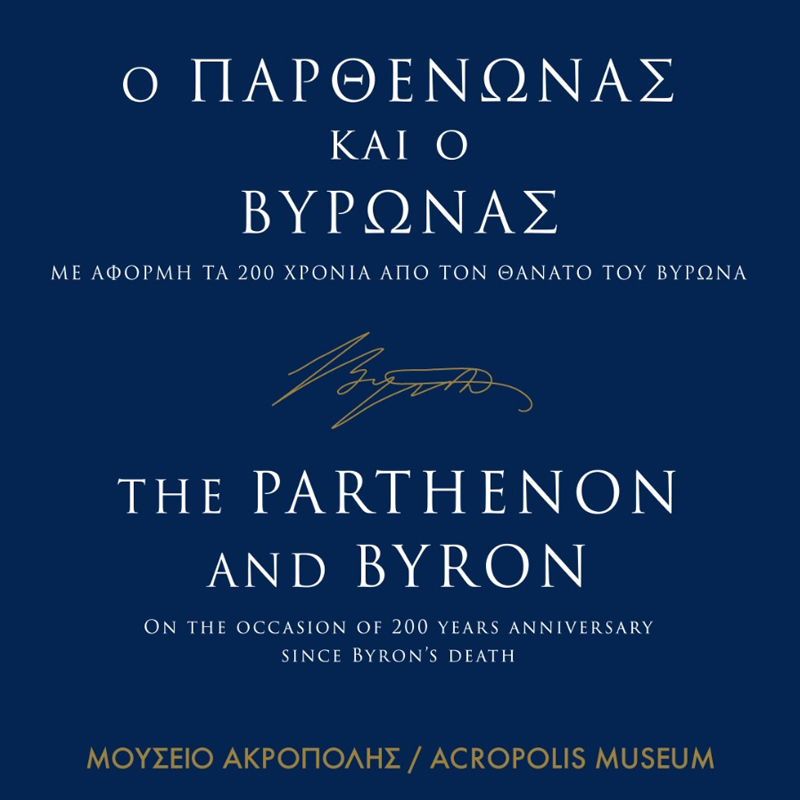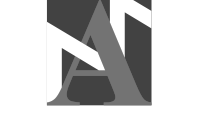26 April 2024 - 31 August 2025
The Parthenon and Byron
On the occasion of 200 years anniversary since Byron’s death.
On the occasion of 200 years since Lord Byron’s death, the Acropolis Museum honours his memory with a small, symbolic exhibition related to Lord Elgin’s seizure of the architectural sculptures of the Parthenon.
It is said that Byron’s last words before his death were about Greece:
"I gave her my time, my health, my presence, and now I am giving her my life. What more could I have done?"
And yet, as one will notice in the small presentation at the Acropolis Museum ground floor, Byron left us one more, unexpected gift, that contributes eloquently and powerfully to the arguments for returning and reuniting the architectural sculptures of the Parthenon. It is Byron’s passport, an authentic Sultanic firman, which allowed him to travel across the territory of the Ottoman Empire. The firman-Byron’s passport provides yet another opportunity to challenge the argument of the alleged existence of Elgin’s “firman” which ostensibly sanctioned the removal of the Parthenon sculptures. Other than the firman, Museum visitors will have the opportunity to see the “Exodus from Messolonghi” (1827) by Louis Joseph Toussaint Rossignon, one of many painters inspired by this subject.
The small exhibition and the publication accompanying it include three sections:
a) a selection of annotated traveler images from the Acropolis and the Parthenon (by Carrey, Dodwell, Fauvel, Pars, among others),
b) a short biography and excerpts from Byron’s poems “The Curse of Minerva” and “Childe Harold’s Pilgrimage”, which refer to the brutal detachment and destruction of the Parthenon’s architectural sculptures by Elgin and their subsequent underhanded seizure and removal, and
c) Byron’s original passport, a genuine, unexpected Sultanic firman [Islamic royal mandate or decree], exhibited for the first time in the Museum, and serving as an opportunity to reopen the discussion on the return and reunification of the Parthenon sculptures.
The exhibition is open to the public at the Museum’s ground floor. No ticket is required.
The exhibition is accompanied by a bilingual publication (Greek-English) which is available in the Museum Shops.
